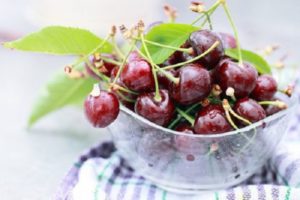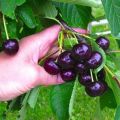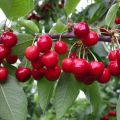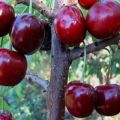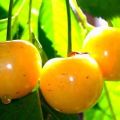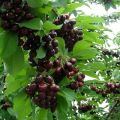For what reasons, cherry leaves wither and what to do about it, effective control measures
Thanks to breeders, sweet cherries are grown in different regions of the country, enabling gardeners to pick juicy and sweet berries. However, mistakes in caring for the plant, diseases, inappropriate climate can be the reasons why the leaves of the sweet cherry began to wither. Having planted a tree at home, it is necessary to properly care for it so that it does not become infected with diseases and does not suffer from harmful insects.
Why can cherries dry?
The gardener most often notices that the tree is sick or attacked by pests when external signs appear, such as wilting, drying of foliage, ovaries. The problem should be quickly resolved, since external lesions lead to a decrease or lack of yield, and sometimes even to the death of the plant.
Landing errors
The main factor influencing the fact that cherries dry up is non-observance of the correct process of planting a tree. The plant loves light and sun. It should be protected from cold winds and drafts.
When purchasing a seedling in a nursery or in garden markets, pay attention to the aboveground part of the plant and the rhizome. An annual plant is recommended to be planted, as it takes root faster.
Important: overdried roots provoke the death of the entire tree.
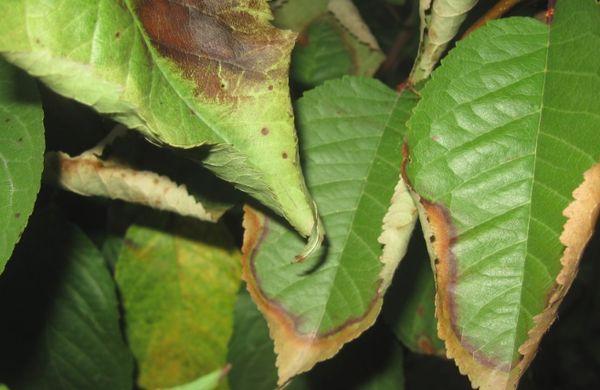
Timely landing remains an important factor. The seedling pit is prepared in advance so that the soil is settled in it, and the root collar is located at or slightly above the ground. If you stick a plant in a fresh hole, it, along with the ground, will settle, which will lead to the oppression of the culture.
You cannot plant the plant shallowly, otherwise the root system of the cherry seedling will begin to dry out. It is not recommended to apply a lot of mineral fertilizer to the planting pit. As a result, the tree may begin to dry out and die.
Unfavorable climatic conditions
Unfavorable weather has a harmful effect. A hot, arid climate leads to the fact that leaves of cherries that have already begun to bear fruit may begin to dry. The situation is corrected with the help of regular watering. It is recommended to dig a shallow ditch around the tree. After watering, the soil is mulched with sawdust and grass. The mulch layer should be at least 10 centimeters.
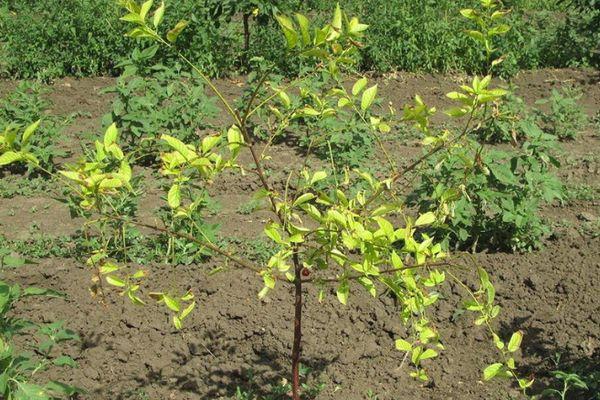
This culture is a heat-loving plant, so it must be carefully prepared for winter. Otherwise, next spring, the young leaves will fall off, and the trunk will crack and become bare. The following actions will help to avoid freezing:
- cut off damaged branches;
- remove dead bark;
- in the fall, wrap the seedling with covering material;
- fertilize the rhizome well before preparing for winter;
- paint the barrel with lime or special paint.
Without protection from adverse weather conditions, the plant loses moisture, decreases or stops fruiting.
Impact of disease
The garden needs systemic protection. Various diseases lead to loss of yield, drying of shoots, leaves. Many diseases can be prevented if signs of their development are noticed in time. The most common are fungal infections, mainly caused by careless gardening. Bacterial contamination is less common.

Verticillosis
The infection causes the tree to dry out. The disease often affects young plants, and is characterized by the following symptoms:
- leaf edges curl along the main vein;
- buds open and wither after 7-10 days;
- fruits cease to ripen.
As a result, the foliage crumbles, and the trunk is completely bare. Root feeding with wood ash, urea or potassium sulfate helps with the disease.
Moniliosis
Signs of the disease are wilting leaves, drying flowers, rotting berries. The ends of the branches turn black and look like burnt, and gray growths appear on the bark.
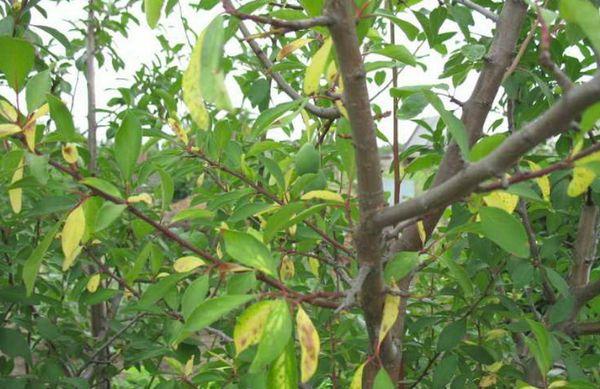
The main measure to combat the disease is to remove infected leaves and fruits, spraying with fungicides. If the tree has faded, it is recommended to spray with preparations containing copper. Prevention is carried out on neighboring plants.
Insect pests
Harmful insects damage the plant - from the root to the berries. To figure out how to help cherries, you should identify the attacking pests.
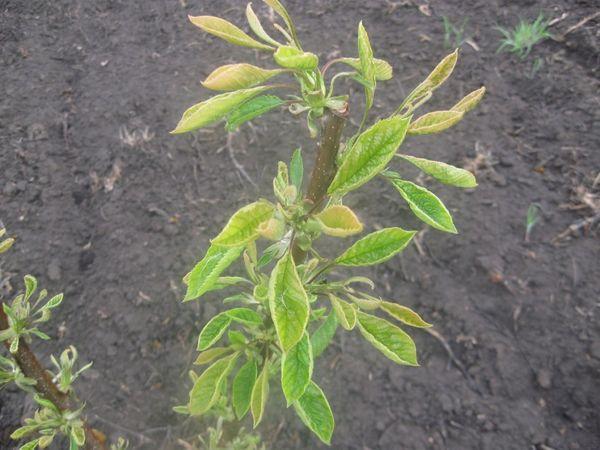
California scaled
This dangerous quarantine insect surprises with its disguise. Outwardly it resembles bark, so it is difficult to notice. The parasite sucks the sap from the tree, gradually leading it to death.
The signs by which the presence of the scabbard is determined are as follows:
- leaves turn yellow and fall off;
- the bark is cracking;
- plant growth slows down.
The reason for the appearance is an excess amount of nitrogen fertilizer, drought. It is difficult to remove pests, since they are covered with shells and chemicals do not act on them. They are removed mechanically using a metal brush. After the procedure, the branches and the trunk are treated with a solution of laundry soap.
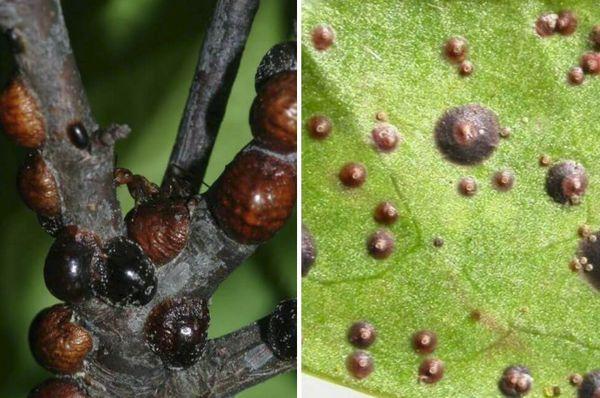
Bark beetle
The insects gnaw through the bark and infect the tree with Monilia candida. Over time, they multiply so much that it becomes impossible to remove them. Having found parasites, it is necessary to clean the bark with a special scraper. After assessing the situation, treat the contaminated areas with chemicals. If a branch is severely affected, it should be cut and burned.
What if the reasons are not identified?
After examining the tree, and not seeing signs of disease or insects, it is recommended to pay attention to the tree rhizome. It can be damaged by moles or larvae of a bear, a beetle.
They get rid of moles with professional drugs, an acoustic method, and repelling odors. You can save a tree from burrowing harmful insects using a soapy solution, a number of marigolds planted and various traps, as well as chemicals.
The reason for the wilting of the leaves can be the excess of the applied fertilizer rate. An agronomist is able to determine the exact cause of the drying out of shoots and leaves. A professional will not only identify a factor that negatively affects the tree, but will also give advice on plant restoration.
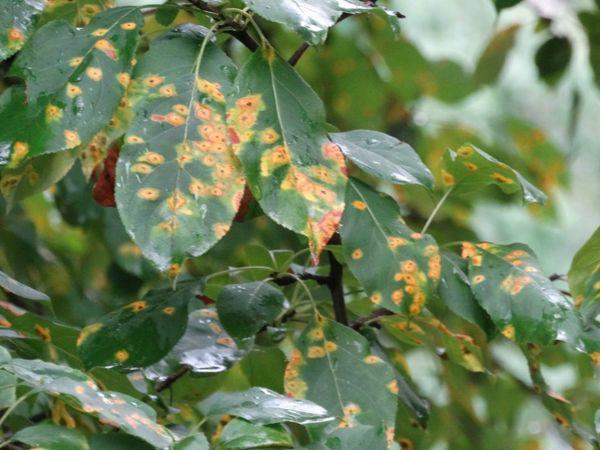
How to prevent drying out?
Having discovered on a tree a massive drying out of branches and fruits due to illness, you must immediately take preventive action. Namely:
- remove infected shoots and burn;
- carry out sanitary pruning to control the condition of the crown;
- lubricate the cracks in the trunk with garden pitch;
- collect fallen leaves and burn;
- dig deeply around the tree;
- after flowering, treat the plant with Bordeaux liquid, copper sulfate.
Attention should be paid to caring for the crop, namely to ensure timely watering, mulching, pruning, whitewashing and shelter for the winter. The first treatment must be carried out before bud break. For this, carbamide, ferrous sulfate are suitable. Then, a mandatory autumn spraying is carried out, after harvesting the fruits. For processing, preparations are suitable that increase resistance to adverse weather - Zircon, Ecoberin biocomplex.
The most effective remedy for diseases is compliance with agrotechnical rules, as well as proper care.
It is important for the gardener to recognize the signs of diseases in time and identify the harmful insect. This will help you choose effective ways to preserve the tree and get a bountiful harvest.

